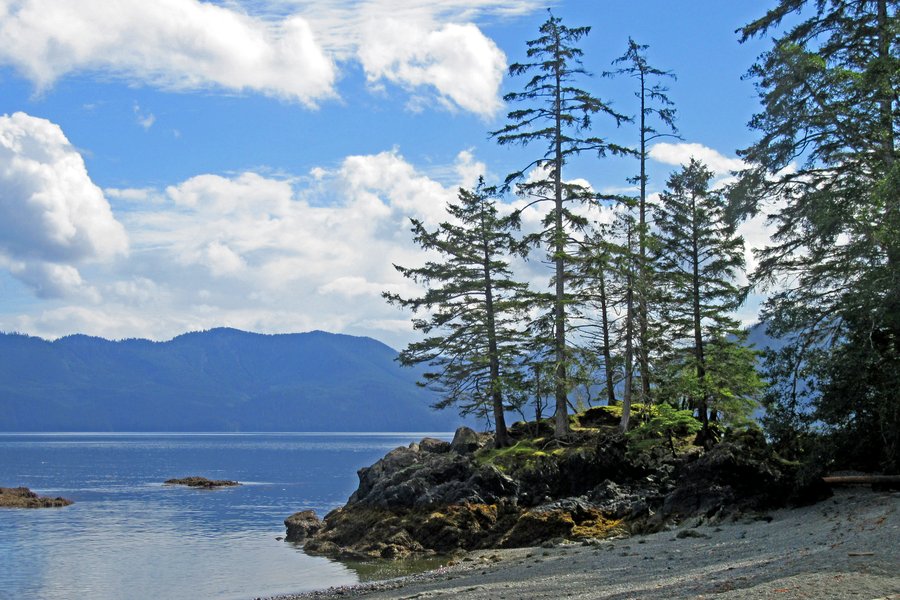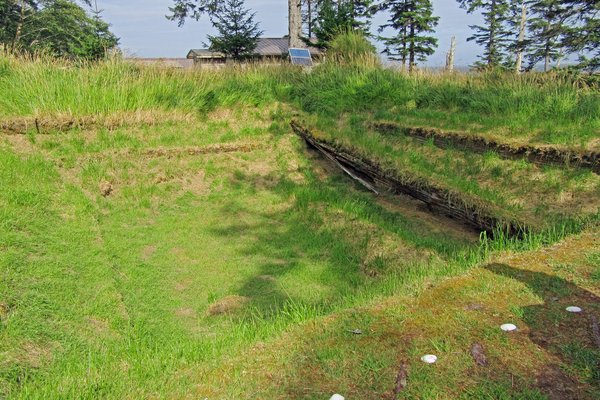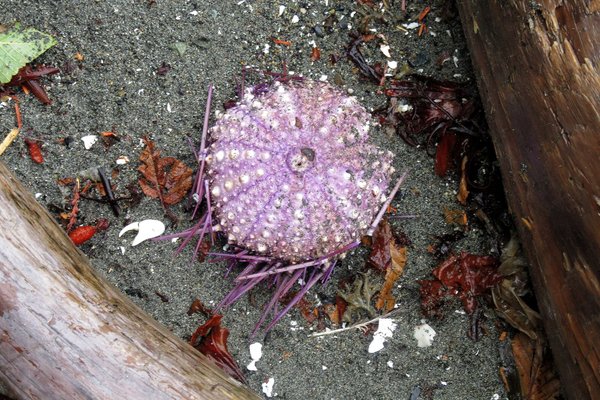Canada
Gwaii Haanas
The Gwaii Haanas National Park Reserve and Haida Heritage Site are located on Queen Charlotte Islands, an archipelago 80 km off the northwest coast of mainland British Columbia, and includes highly diverse living intertidal and subtidal marine communities.
It is also strategically located along the Pacific flyway, hosting huge seabird breeding colonies as well as being an important migrant stopover. Two other remarkable former Haida villages, Tanu and Skedans, are located within the park reserve, alongside the SGaang Gwaii World Heritage Site.
Site Info
Official Information
- Full Name
- Gwaii Haanas (ID: 1938)
- Country
- Canada
- Status
-
On tentative list 2004
Site history
History of Gwaii Haanas
- 2004: Added to Tentative List
- Added to tentative list
- Type
- Mixed
- Criteria
Links
- UNESCO
- whc.unesco.org
- Official
-
- pc.gc.ca — Parks Canada
All Links
UNESCO.org
- whc.unesco.org — whc.unesco.org
Official Website
- pc.gc.ca — Parks Canada
News Article
- June 8, 2014 globalpost.com — Archeologists to launch historic fishing expedition off Haida Gwaii
Community Information
- Community Category
- Natural landscape: Marine and Coastal
- Archaeological site: Pre-Columbian
Travel Information
Recent Connections
-
Cedar forests
Western Red Cedar, Yellow Cedar (sourc…
Connections of Gwaii Haanas
- Ecology
-
-
Cedar forests
Western Red Cedar, Yellow Cedar (source)
-
News
- globalpost.com 06/08/2014
- Archeologists to launch historic f…
Community Reviews
Show full reviews
Haida Gwaii is in the top 3 of my beloved Canada sites and to think I only visited after such a long time traveling!! I'm also not alone on this and there are quite a few reasons for it which I will get into later. The national park Gwaii Haanas covers the entirety of the southern islands and it's very protected. Therein also lines a world heritage site SGang Gwaay which I am not too fond of by itself because the real unique site is the entire park. Whenever you see Planet Earth and they mention "west coast Canada" they tend to actually show Gwaii Haanas. This is a 5 star site when it ever gets inscribed and I think the main issue is that the Haida nation aren't so super keen on world heritage status and this makes the bureaucracy difficult. It also doesn't need any sort of protection because First Nation protection already supports the area really well.
While you technically can visit the park without a guide there are strict guidelines such as permits, radioing in when driving on the roads and overall unless you do a large tour on your private yacht this isn't going to be worth the trip. Just join a tour it will be worth it, trust me. Therein lies the problem for most tourists: costs! Unlike Siem Riep or Macchu Picchu there are huge cost entries to visit and thus you will not find the gap year students hanging around. The …
Keep reading 0 comments
Gwaii Haanas National Park Reserve and Haida Heritage Site, located on the southern islands of Haida Gwaii, is a proposed extension to SG̱ang Gwaay, a World Heritage Site marking the cultural heritage of the Haida people who live throughout Haida Gwaii. I have to say right off that I am in favor of such an extension, since the Haida are letting SG̱ang Gwaay return to nature, which means that the remarkable memorial and mortuary poles there will one day be only memories.
What would an extension provide from a cultural perspective? Well, in addition to SG̱ang Gwaay, Gwaii Haanas includes four other Watchmen sites: villages with resident Haida interpreters who live on site during summer months and meet with visitors who come through the park on guided tours. When I traveled to Gwaii Haanas in early September in order to visit SG̱ang Gwaay, the tour I was on also took me to three of the four additional Watchmen sites, and each of them provided a different aspect of Haida history and culture. Here's what to expect at each of those sites:
Skedans (Ḵ'uuna Llnagaay): This is the northernmost and most accessible Watchmen site in Gwaii Haanas, and it includes a good mixture of mortuary and memorial poles (though none as spectacular as those at SG̱ang Gwaay) and several house pit depressions showing the former location of longhouses. The Watchmen couple I met at this site were very knowledgeable and welcoming, sharing quite a bit about Haida history, culture, …
Keep reading 0 comments

